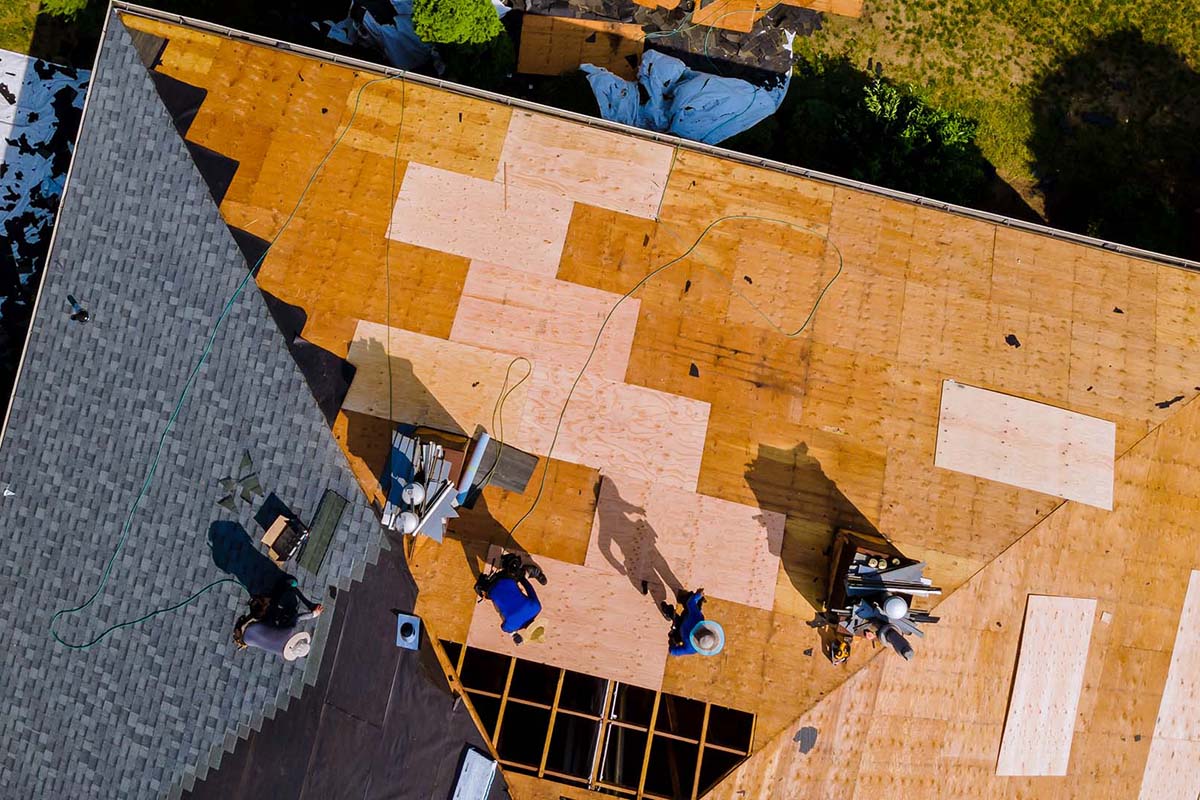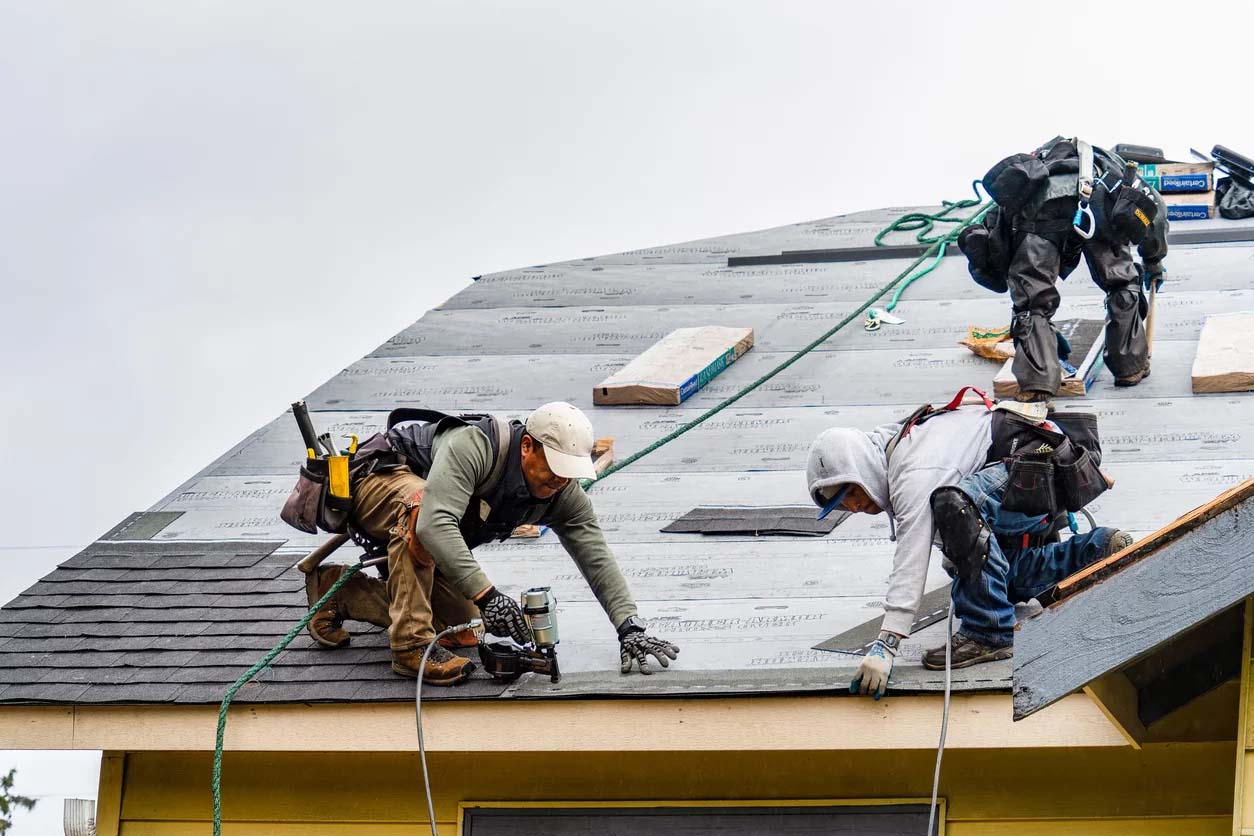Achieving a flawless finish on your roofing project doesn’t just elevate the curb appeal of your home; it’s also critical for ensuring structural integrity and longevity. Whether you’re tackling a DIY repair or overseeing a professional installation, knowing the insider tricks of the trade can make all the difference.
In this article, we’ll share six expert roofing tips that promise sky-high success. From selecting the right materials to the final inspection, these insights will guide you through achieving a durable, weather-resistant, and visually stunning roof.

Assessing Roofing Needs
Before laying the first shingle, a critical step in any roofing project is accurately assessing your roofing needs. This involves considering several factors, including the age of your current roof, visible signs of damage, and environmental conditions unique to your area.
Start by looking at local professionals, whether that’s a roofing contractor in San Antonio or a company in San Francisco. These experts are familiar with regional weather patterns and can suggest the best materials for your location. This initial consultation can help you decide whether a repair or replacement is necessary and the best course of action to take.
Choosing Quality Materials
Once you’ve assessed your roofing needs, the next step is selecting high-quality materials that can withstand the test of time and elements. Various options exist, from traditional asphalt shingles to modern metal roofing, each with its own set of benefits and considerations. For example, asphalt shingles are highly popular due to their cost-effectiveness and wide range of colours and styles.
On the other hand, metal roofing, while more expensive upfront, offers durability, energy efficiency, and a lifespan that can exceed 50 years. It’s important to weigh factors such as climate, your home’s architectural style, and budget when choosing materials.
Consulting with a roofing professional can provide valuable insights into what materials are best suited for your specific project, ensuring that your roof is not only attractive but also functional and resilient.
Preparation and Planning
Thorough preparation and planning are the cornerstones of any successful roofing project. This stage involves detailed measurements of your roof area to ensure that you purchase the right amount of materials, avoiding both shortages and costly excess.
It’s also the time to secure any necessary permits from your local government to ensure that your project meets all building codes and regulations. Additionally, consider the timing of your project; some seasons offer more favourable weather conditions for roofing work, potentially reducing the risk of delays and damage.

Professional Installation Techniques
The quality of your roof’s installation can significantly impact its performance and lifespan. While DIY projects may seem appealing, roofing is a complex task that requires specialised knowledge, experience, and equipment.
Working with a professional roofing contractor ensures that you receive the highest level of expertise and craftsmanship. These professionals are trained to handle all aspects of roofing installation, from proper ventilation and underlayment to flashing and sealing techniques.
Weather Considerations
An often overlooked but crucial aspect of roofing is understanding how different weather conditions can affect your roofing materials and the installation process. Extreme heat, cold, wind, and precipitation can not only make the installation process more challenging but also impact the performance and longevity of your roof. For example, installing asphalt shingles in very hot weather can make them more pliable and susceptible to damage during installation.
Conversely, cold weather can make certain materials brittle and more prone to cracking. High winds may necessitate additional fasteners or adhesives to ensure shingles stay securely in place. It’s important to consult with your roofing professional about the best time of year to undertake your roofing project in your specific region.
Post-Installation Care
After the completion of your roofing project, implementing a routine maintenance plan is essential for extending the life of your roof and ensuring it continues to protect your home effectively. Regularly inspecting your roof, at least twice a year and after major storms, can help identify potential issues such as loose or missing shingles, damaged flashing, or blockages in your gutters and downspouts. These inspections can be done visually from the ground with binoculars or by hiring a professional if you’re not comfortable accessing the roof yourself.
Cleaning your gutters regularly is also crucial to prevent water buildup that can lead to leaks and water damage to your roof and interior walls. Trimming overhanging tree branches can reduce debris accumulation and minimise the risk of damage from branches falling onto the roof during severe weather. Additionally, ensure proper attic ventilation and insulation to prevent ice dam formation in winter and reduce heat buildup in summer, which can prematurely age your roof.
Achieving a flawless finish on your roofing project requires careful assessment, quality materials, thorough preparation and planning, professional installation techniques, consideration of weather conditions, and post-installation care. By following these expert tips, you can ensure that your roof not only looks beautiful but also stands the test of time while protecting your home from the elements.








